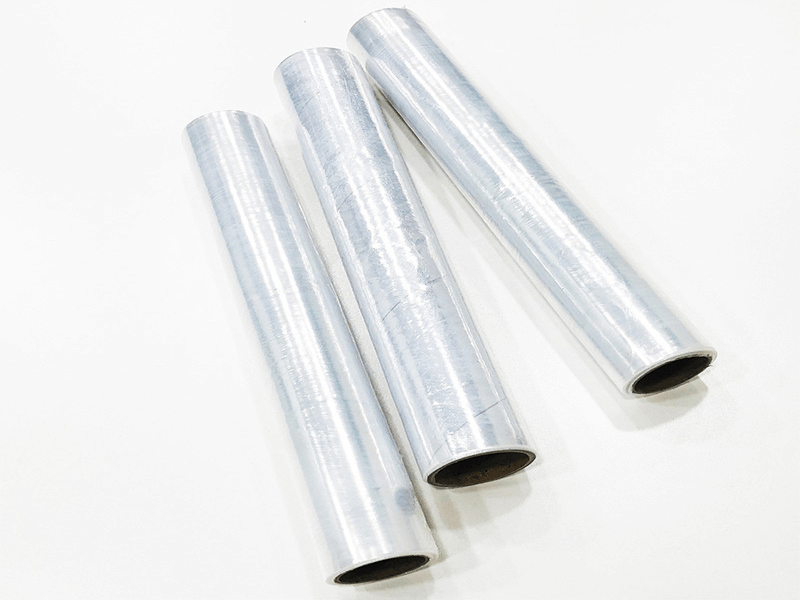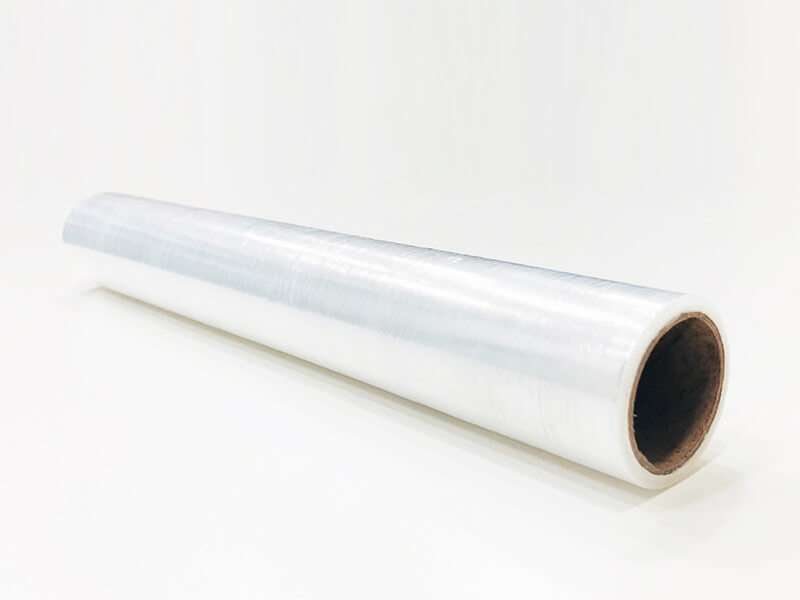Tips to Use Plastic Wrap for Moving
Are you preparing for a move but are worried about the safety of your belongings? The best solution is to use plastic wrap, also known as, stretch wrap for furniture to protect it from dirt and any other kind of damage. Plastic wrap packing is one of the most effective ways to keep your belongings safe during the transit.
Here’s how you can use plastic wrap for moving to ensure complete safety of your belongings.
What is plastic wrap?
Plastic wrap is a versatile packing material that can be used to bind, bundle, and protect items when you’re moving or storing them. The flexible plastic film safeguards your furniture from dirt, grease, scratches, dings, and nicks. Plus it also only sticks to itself, so it won’t leave behind any sticky, unsightly residue when you remove it. It can be purchased from any moving supply retailer, and is often available in 5-inch, 10-inch, 15-inch and 20-inch widths.
What is plastic wrap used for?
One can use plastic wrap for packing a lot of items when moving. During a move, it can be used to bundle items together, to secure power cords or appliance attachments, and to palletize shipments. Plastic wrap can also be used to protect fabric from dirt or tears, hold furniture pads in place, and secure bureau drawers and china cabinet doors shut.
How to use plastic wrap for moving
If you want to learn the uses of plastic wrap for moving, you simply have to start with its use on furniture. Here’s how to use stretch wrap for furniture to make sure that it is shielded for your move:
- Clean and dry your furniture. Make sure everything is clean and completely dry before using stretch wrap for furniture. Trapping dirt or debris under protective wrapping can cause stains or other damage. Vacuum upholstered furniture and wipe with a damp cloth. Wipe off dust from wood furniture with a dry cloth. For leather pieces, vacuum using a soft attachment, wipe down with a mild soap and water, and apply a leather conditioner.
- Disassemble the furniture. Before you proceed with the stretch wrap packing, remove any detachable parts to make your pieces easier to load and carry. Separate table leaves and remove tabletops and chair legs. Pack each part separately.
- Stretch wrap is simple to use. While packing furniture containing heavy pieces, like a sofa or china cabinet, hold the roll by the center and walk around the piece, letting the roll unwrap.
- Be aware of the corners. The corners are easily damaged and the areas are most likely to scrape against your walls or other furniture in your home. Use cardboard or foam as extra padding to protect sharp corners before the plastic wrap packing.
- Use plastic wrap to secure furniture drawers and doors in place. While you may opt to remove the drawers and doors before moving, you can cover the plastic wrap around the piece several times to keep the doors and drawers secure.
How to use plastic wrap on wood or leather furniture
Wood and leather are delicate surfaces that need a little extra care when stretch wrapping. Applying plastic wrap directly to leather or wood can trap condensation and potentially ruin your furniture.
If you are moving in high temperatures, it could also melt and stick to your piece. To protect your leather or wood furniture, simply wrap the pieces in furniture pads or moving blankets before applying plastic/stretch wrap to secure the pads in place.


